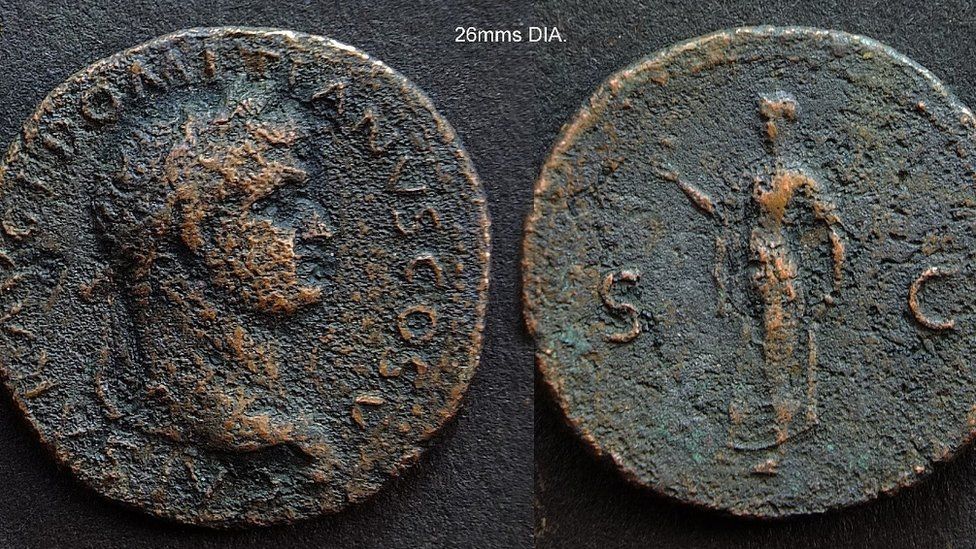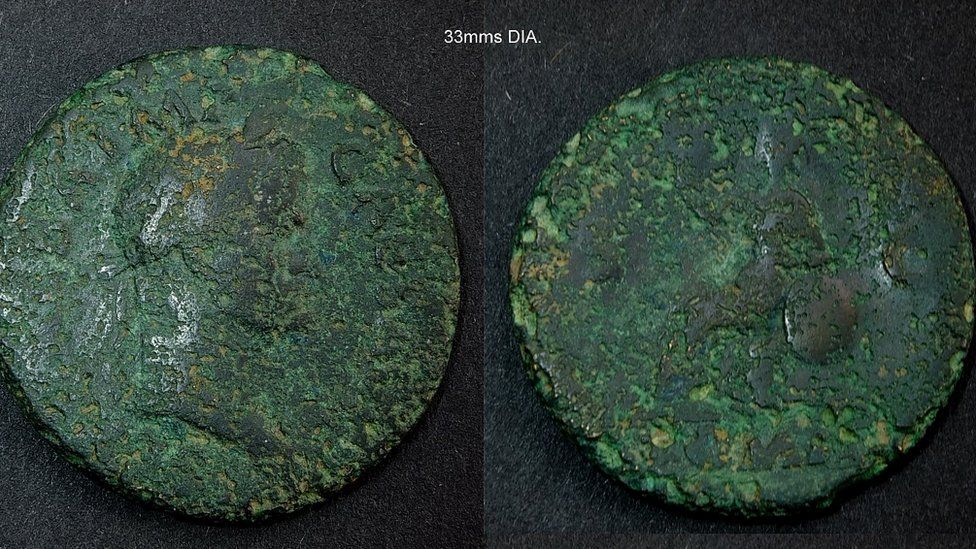Possible 2,000-Year-Old Port Found in Northern England
BBC News reports that Roman artefacts, including stone anchors fashioned with a single hole, coins, nails, sharpening tools, and a brooch, have been recovered from a possible port site in the River Wear in northeastern England.
One theory still to be examined is that it may have been home to a small port. Underwater archaeologist Gary Bankhead said he could not “over-emphasize” the importance of the discovery.
Although a dam is known to have existed in the area since Victorian times if theories are confirmed it would be only the second such port ever discovered in Britain.
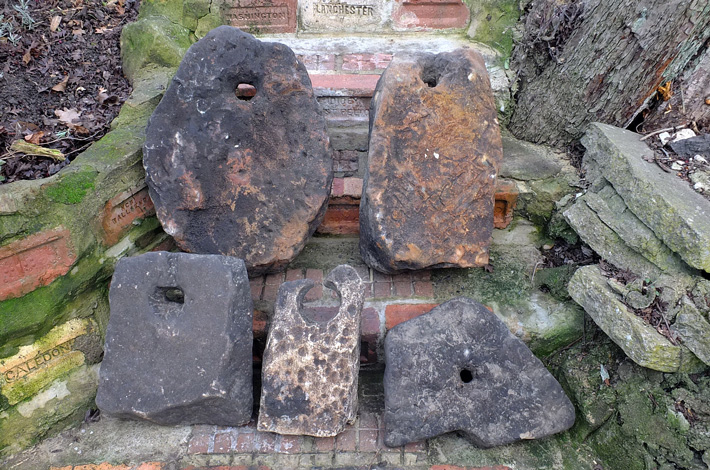
“It’s the first occasion in the UK where the anchors have been found in a river, normally they are found in a maritime environment offshore,” said Mr Bankhead, an honorary research associate at Durham University.
“The closest parallels we have are six that were found off Dunbar but they all had two holes in. The ones we found at Hylton had a single hole and that’s really useful dating evidence.
“We looked for parallels and one particular anchor found in Lulworth Cove in Dorset was found alongside some Mediterranean pottery dated from 100BC to 100 AD, that’s really useful evidence.
“That corresponds nicely with Romans in Northern Britain, where they were trying to suppress the Brigantes at the time and build the forts.”
Further up the River Wear were Roman forts at Chester-le-Street and Binchester. Four of the anchors found are made from local stone but one is a different material and believed to have come from south of Whitby, North Yorkshire.
“That suggests trade networks, a seagoing vessel, coming up the North East coast, coming in the mouth of the Wear, sailing up as far as it could and having to anchor up at low tide because it couldn’t go any further up.
“Potentially, what we think we have found is some sort of dam, bridge, wharf, or landing stage where these vessels are unloading cargo into smaller river-sized vessels to resupply the forts further upstream.
“Clearly this is an important multi-period site, we have nearly 2,000 years worth of occupation at that site, but we need to know what that is to get it done correctly.”
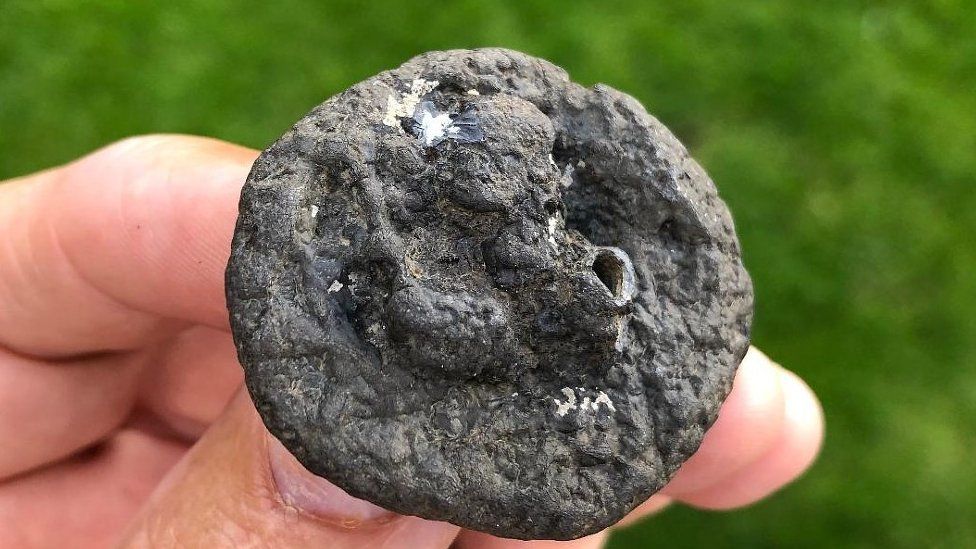
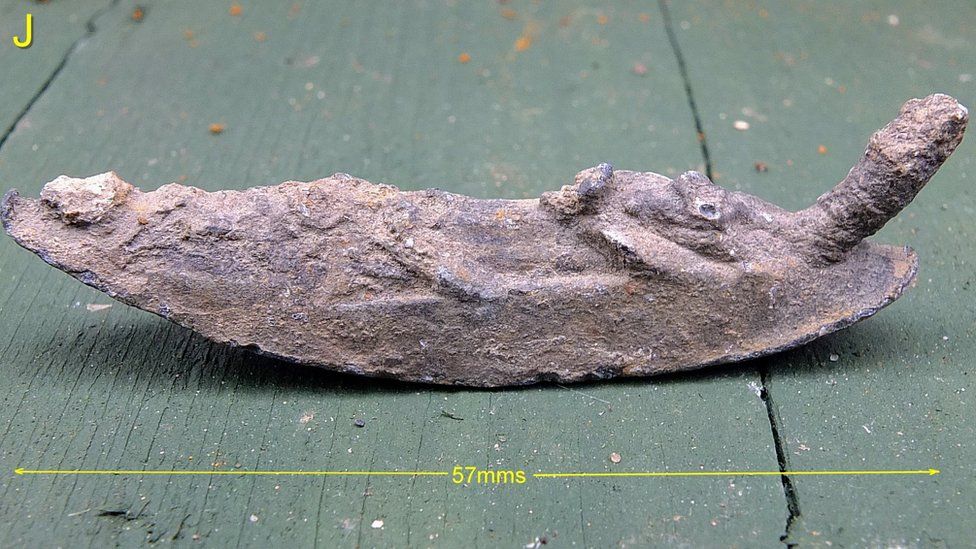
A community group has played a vital role in the discovery, carrying out fieldwork, with some spending 40 years trying to uncover its secrets. It also found coins, nails, a stone map, sharpening tools and a brooch.
“For 40 years I have been digging in the wrong place, that was the trouble,” laughed retired carpenter Ian Stewart.
“We moved to the site and the artefacts kept coming, it was amazing. You have got no idea how thrilled I was, especially when I started to find the timbers in the river bed that the dam was put on and all the stones that matched the stones at Roker Beach.
“Everything started to fit together, it was like doing a puzzle that’s 80 per cent underwater and scattered all over the North East, no wonder it took 40 years.”
The artefacts have been removed for further examination.
